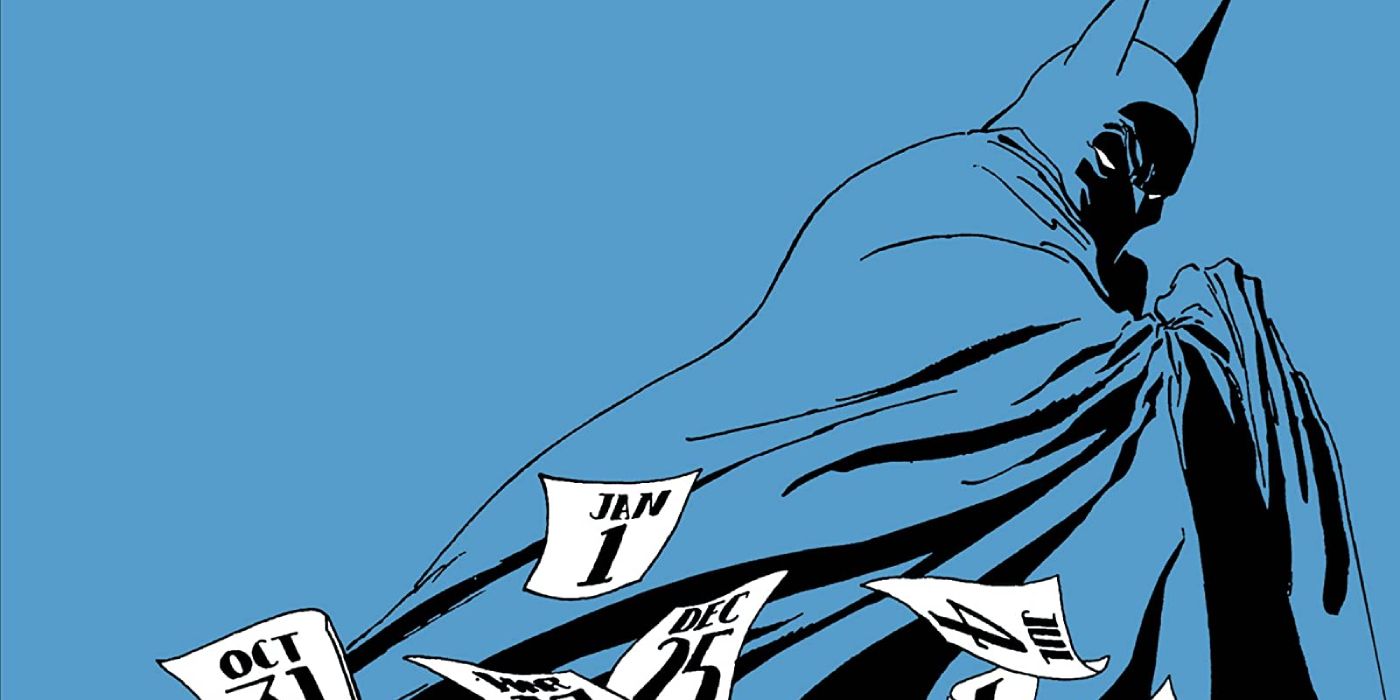Legendary comic book artist, Tim Sale, perhaps best known for his Batman comic book work, particularly Batman: The Long Halloween (one of many iconic projects that Sale worked on with writer Jeph Loeb), has passed away at the age of 66.Sale's Twitter account posted on June 16, "It’s with a heavy sadness that I must announce that Tim Sale passed away today. He passed with the love of his life beside him, and loves all of you very much. Please share photos and stories under this post, as we hope to share them with the community."
Sale was born in Ithaca, NY, in 1956, but he grew up in Seattle, WA. after moving there when he was a child. After initially attending the University of Washington for college, he then moved to New York to attend the School of Visual Arts where he took a comic book workshop taught by Marvel legend, John Buscema. Sale then moved back to Seattle and that is where his career stalled a bit in the early 1980s, as he later noted, "I got discouraged in my 20s because the business was very New York-centric." Luckily for Sale, the 1980s was also the start of the direct market independent comic book boom, where the burgeoning direct market allowed for small comic book publishers to co-exist with the bigger companies like Marvel and DC. In 1983, Sale got a gig inking Phil Foglio on WaRP Graphics' comic book adaptation of Robert Lynn Aspirin's MythAdventures novels.
WaRP Graphics, at the time, had a deal with Starblaze Graphics to produce collections of its comics, and Sale was then given his first major penciling assignment, drawing Thieves' World, an adaptation of a different Aspirin work, a fantasy anthology where various authors would all tell stories set in a world created by Aspirin (under the theory that this way the other writers wouldn't have to spend any time doing world-building).
In 1988, Sale drew an issue of Matt Wagner's Grendel for Comico, where Sale would work on a few other projects before becoming the regular artist on Grendel in its final seven issues before Comico ceased publishing comic books. Sale was then hired by editor Elliot S! Maggin for a miniseries at DC in 1991. Sale was paired with a writer who was new to comics, the screenwriter, Jeph Loeb. That project was called Challengers of the Unknown and it sparked a collaborative relationship that lasted over thirty years.
After getting his "in" at DC, Sale worked on a pair of notable Batman arcs in 1992, "Blades" with writer James Robinson in Legends of the Dark Knight and "Misfits" with writer Alan Grant in Shadow of the Bat. This led to his first Halloween-themed Batman one-shot, with 1993's Batman: Legends of the Dark Knight Halloween Special #1, working with Jeph Loeb again. Late 1993 also saw Sale's next major ongoing series, as Jim Lee had launched the noir series, Deathblow, using a new Frank Miller-inspired art style, but Lee decided to leave the series after its second issue, so Sale co-drew the third issue with Lee and then took over as the regular artist from Deathblow #4 on (working with Lee's original co-writer on the series, Brandon Choi). He remained on the book through Deathblow #12. During that period, he did his second Batman Halloween one-shot with Loeb.
In 1995, Sale and Loeb did both a Wolverine/Gambit miniseries for Marvel as well as what seemed to be their final Batman Halloween one-shot. However, editor Archie Goodwin not only convinced them to do another Halloween story, he got them to do it as a year-long maxiseries, and their 13-issue masterpiece, Batman: The Long Halloween (from Halloween 1996 through Halloween 1997), made both Sale and Loeb comic book superstars. One of the top pairings in comics, Loeb and Sale followed up The Long Halloween with a look at Superman's life in the four-issue series, Superman For All Seasons, in 1998. Sale also returned to Grendel in the anthology series, Grendel: Black, White and Red. Sale won the Eisner Award for Best Penciler/Inker for his work on Superman For All Seasons and Grendel: Black, White and Red. His short story with Matt Wagner in Black, White and Red #1 also won an Eisner for Best Short Story.
Sale and Loeb then did Dark Victory for DC, the year-long sequel to The Long Halloween. Marvel Comics, at the time, was going through some major creative shakeups and new Editor-in-Chief Joe Quesada wooed Loeb and Sale to Marvel in 2001 for the first of four color-themed Marvel miniseries, Daredevil: Yellow. Spider-Man: Blue followed in 2002 and Hulk: Gray in 2003-04. As Hulk: Gray was finishing, Sale re-upped with DC, doing covers for Detective Comics, back-up stories in JSA: All Stars, the first issue of the iconic artist spotlight series, Solo, and another Long Halloween follow-up with Loeb in Catwoman: When in Rome.
In 2006, when Loeb became a writer and co-executive producer on the new hit NBC TV drama series, Heroes, about a group of superpowered individuals trying to figure out whether to be heroes or villains, Sale's art was used to stand in for the work of the precognitive artist character, Isaac Mendez. Sale's lettering was also used for the captions on the series, as well as its credits.
In that same year, Sale launched a new Superman anthology series, Superman Confidential, working with writer Darwyn Cooke (who he worked with for the first time on Solo in 2004). He reunited with Loeb to start a Captain America: White miniseries at Marvel in 2008, but due to Loeb's busy schedule working in television, the series was delayed so long that it was 2015 before it finally finished. Loeb and Sale reunited once again just last year to celebrate the 25th anniversary of The Long Halloween with a brand-new The Long Halloween one-shot.
CBR offers our sincere condolences to Sale's friends and family.

